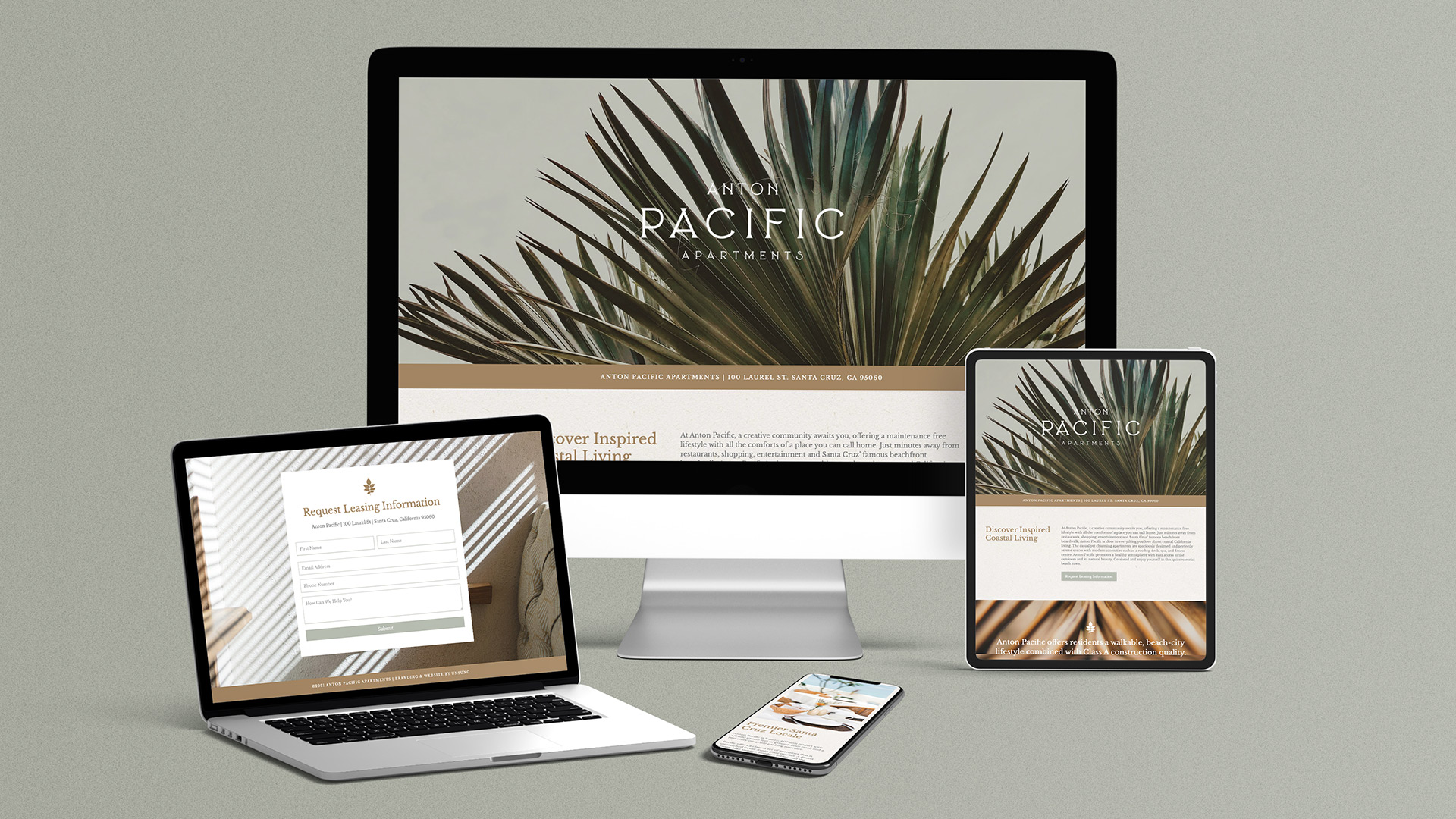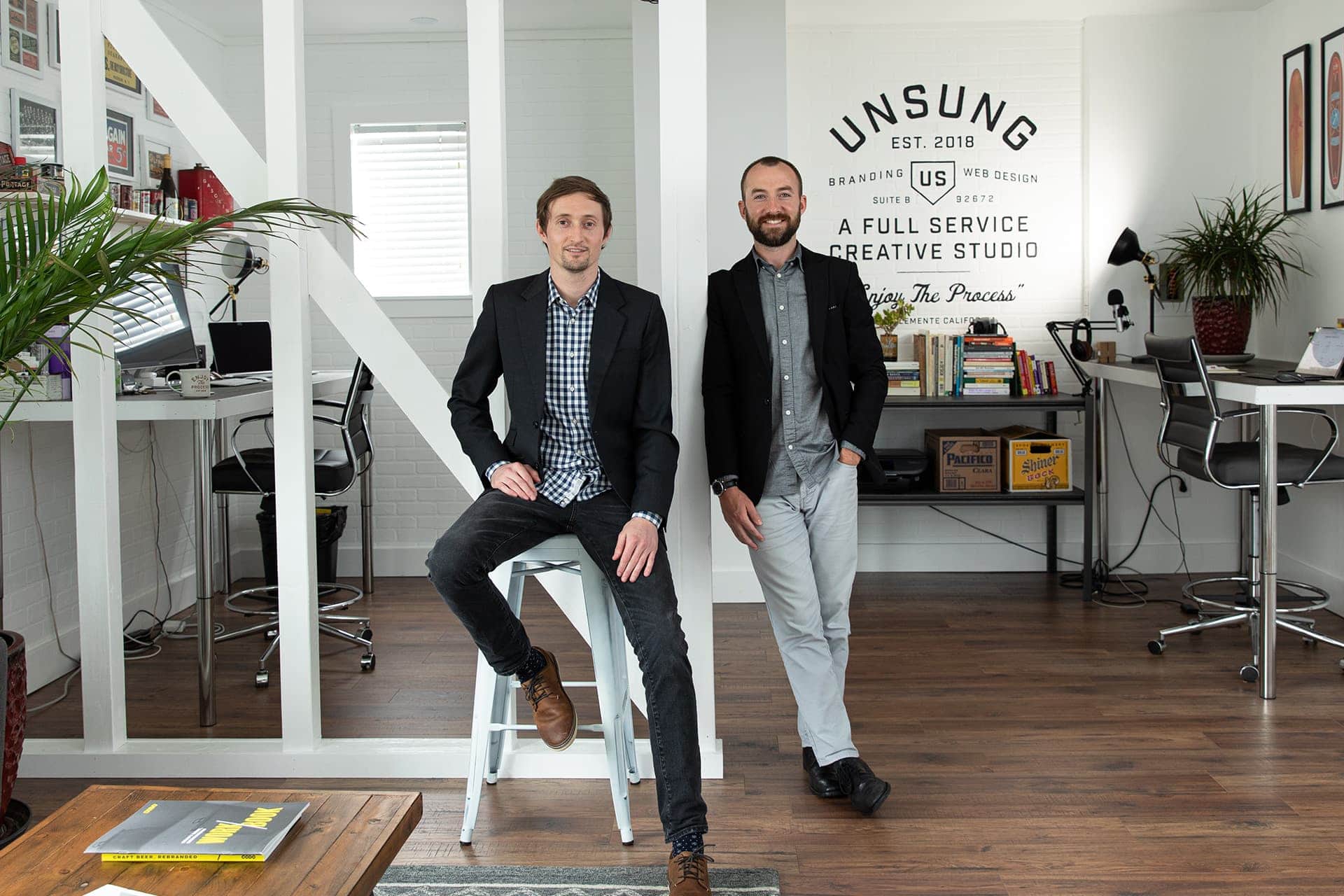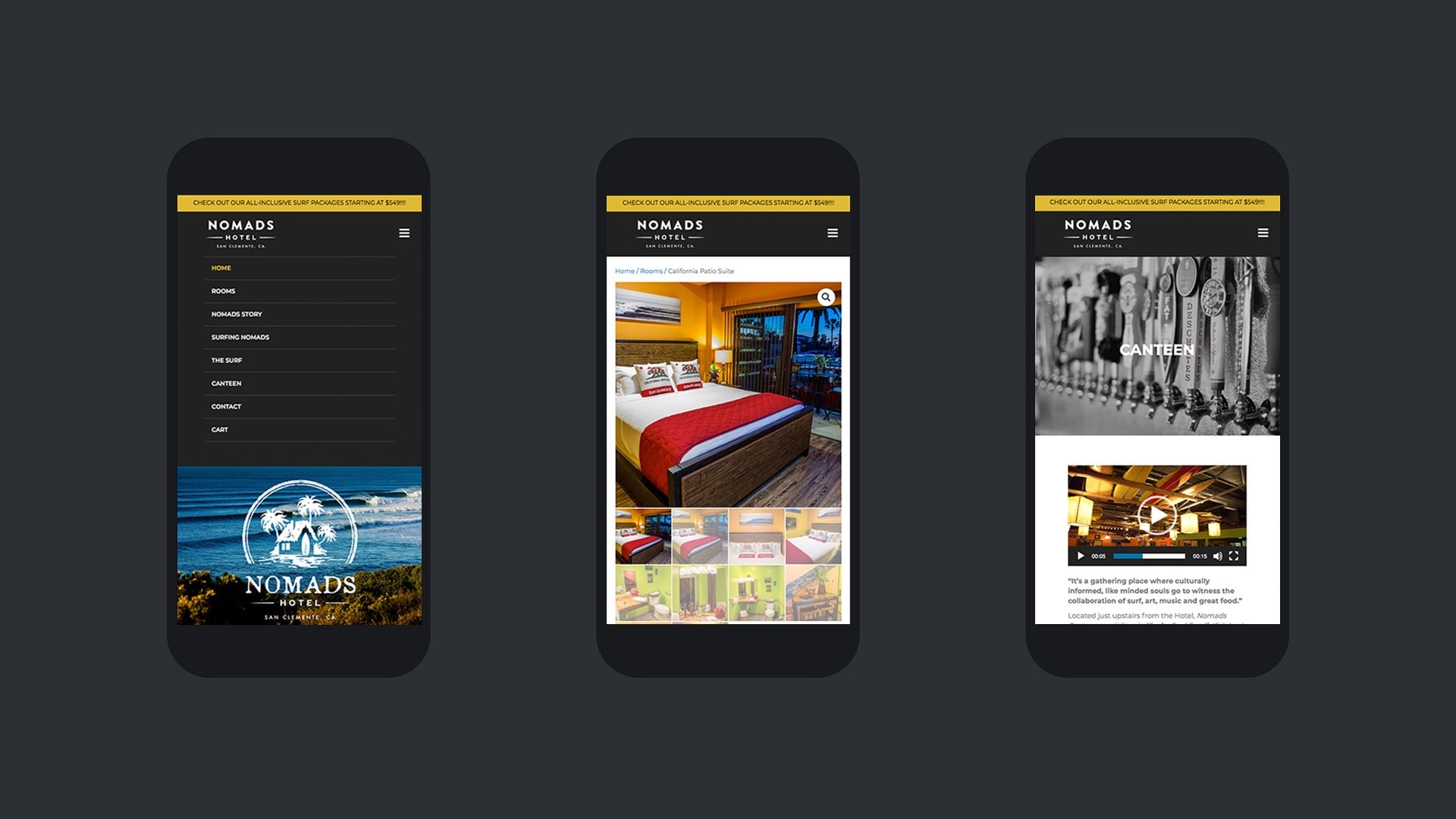UNSUNG ARTICLES
Understanding Your Point of Difference - and Capitalizing on It with Branding
"To effectively position yourself in competitive markets, your business must clearly establish its points of parity and points of difference."
Connect on Linkedin: WilliamUnsung

Points of Parity
Points of Difference
Balancing Points of Difference and Points of Parity
Companies normally decide the positioning of their product offering when entering a new market for the first time or launching a new product into a current target market. In both cases, the product will need to win market share from established competitors.
For this to happen, existing customers in the marketplace must change their purchasing behavior. This means that customers who currently buy a competitive product need to trial the new offering and new customers need to be activated to buy from the product category for the first time.
To be able to shift established purchase behavior, brands need to meet both the fundamental need of the product while also bringing something new into the marketplace. This means that the positioning of new entrants needs to have a balance of both points of parity and points of difference.

How to Find Your Points of Difference
How do you find your points of difference when you have the same (or very similar) offering as others?
To establish what sets you apart, you need to leverage your unique selling proposition and brand identity. This will allow you to craft a message that goes beyond the features of your product.
Here are some ways you can create a unique identity that differentiates your company in the marketplace:
01. Experience and Expertise
- Have you been in business longer?
- Do you have more industry experience?
- Do you specialize in any areas that others don’t?
- Do you have any specific qualifications that are hard to attain or are very exclusive?
- Have you won an award?
- Are you a member of any exclusive groups or associations?
02. Exceptional Quality
- Do your products last longer or work faster?
- Do you use stronger, more durable, or safer materials?
- Are your products more environmentally friendly or energy efficient?
- Do you as a business have a better safety record?
- Do you have quantifiable results that can be proven through testimonials or case studies?
- Is your client satisfaction rate higher than your competitors?
03. Personalized Service
- Are you easier to get in touch with?
- Do you spend more quality time getting to know clients to be able to help them better?
- Do you ship products or deliver services quicker?
- Do you have a set time in which you answer inquiries?
04. Better Processes
- Do you take extra steps to ensure higher quality products or services?
- Do you offer a guarantee that is more comprehensive or longer lasting than your competitors?
- Is your project briefing more detailed to ensure better fitting products or services?
- Do you have better client follow up to ensure all objectives were achieved?
05. Well-Known Clients
06. A Wide Range of Products or Services
- Do you offer a one-stop-shop of services?
- Do you include “how-to” guides or webinars on how to get the most from your products or services?
- Do you have better or more diverse add-ons?
- Do you have a wider range of colors, shapes, styles, or other variations?

Let's Get You Standing Above the Competition
Unsung Studio is here to give your business a competitive edge and succeed in the crowded market. As creative experts in branding, we understand the importance of both first impressions and a strong consistent brand that stands the test of time.



